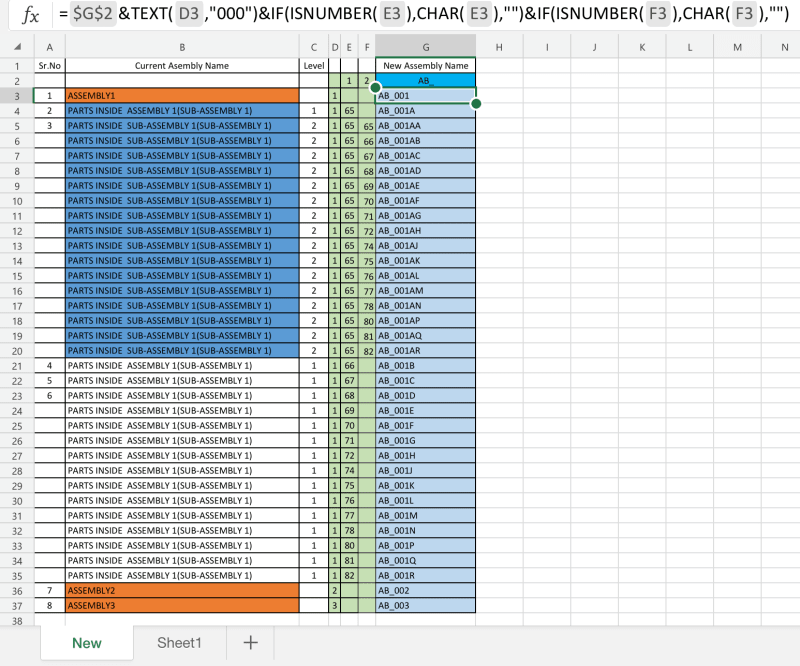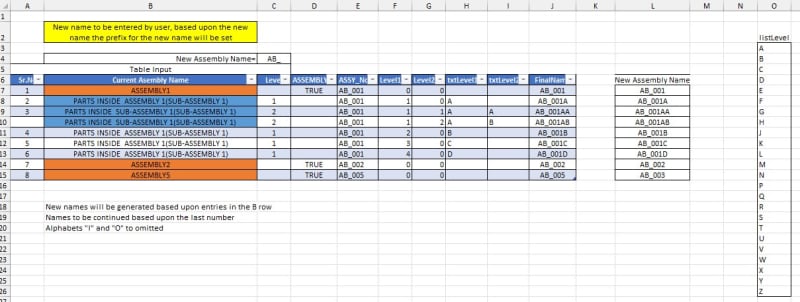BhagyeshVashi
Mechanical
- May 4, 2024
- 2
Hello,
I am in need of a excel rename macro that helps me in renaming the file as per the level defined in the main input file.
Can someone help me
Attached is sample how the rename should work.
I am in need of a excel rename macro that helps me in renaming the file as per the level defined in the main input file.
Can someone help me
Attached is sample how the rename should work.


![[glasses] [glasses] [glasses]](/data/assets/smilies/glasses.gif) Just traded in my OLD subtlety...
Just traded in my OLD subtlety...![[tongue] [tongue] [tongue]](/data/assets/smilies/tongue.gif)
